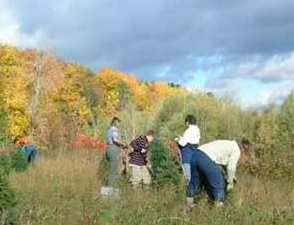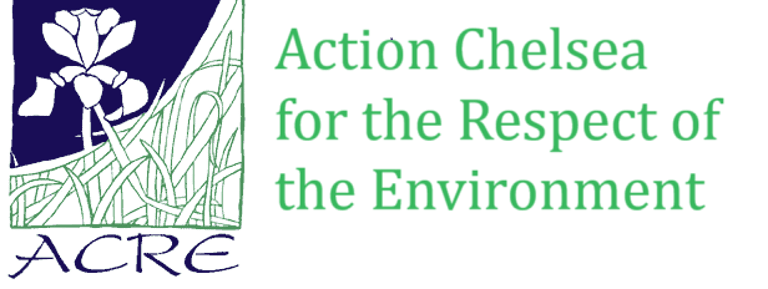Arora Project
HISTORY
2/9/20202 min read


This habitat restoration project involved the re-naturalization of a riparian area damaged by commercial activities on the west bank of the Gatineau River, just north of the Alonzo-Wright Bridge in Chelsea. The project's name "ARORA" - was constructed from the Latin, "ara" (refuge) and "ora" shoreline describes the riparian buffer zone (i.e. the zone adjacent to the shore).
The project site, owned by Hydro-Québec, is part of a 300-acre forest with magnificent conifers, some of them centuries old. As the only intact fragment of an ancient ecosystem that once existed on the shores of the Gatineau River, the forest serves to prevent erosion along the river's steep banks. It is also a vital buffer zone that borders the largest spawning grounds in the world of a threatened freshwater fish, the river redhorse (Moxostoma carinatum).
Extensive research of the site's aquatic fauna by Dr. François Chapleau of the University of Ottawa confirmed the presence of at least 39 other fish species, including the channel darter (Percina copeland) and the margined madtom (Noturus insignis), which are also listed as species at risk.
In its barren, deforested state, the project site is highly vulnerable to soil erosion, threatening the habitat of the river redhorse, channel darter, and margined madtom, which require clean spawning grounds to survive.
Our project involved the planting of native trees, and shrubs in order to stabilize the soils, as well as to improve the visual quality of the site.
Planting at the site started in May 2006, and since then we planted over 1000 trees and shrubs, as well as re-contoured the site to prevent erosion from storm run-off.
To ensure the long term success of the project, we began a maintenance plan that includes regularly patrolling the site, weeding, irrigating plantings in times of drought, replacing dead and diseased plants, and removing alien plants species.
The Chelsea Arora Project enjoyed widespread support in our community. Many volunteers offered their expertise in such areas as terrestrial and aquatic ecology, conservation biology, hydrology, landscape design, fundraising, and communications. All the planting to date has been done by community volunteers.
Financial support; TD-Canada Trust, Mountain Equipment Co-op, the Canadian Wildlife Federation, Environment Canada, and the Municipality of Chelsea all provided support for this project.
Project partners include ACRE, Friends of the Gatineau River, Chelsea Elementary School, École Grand-Boisé and Chelsea United Church.
(438) 622-5850
(819) 921-4092
64 chemin Juniper, Chelsea, Québec, J9B 1T3
